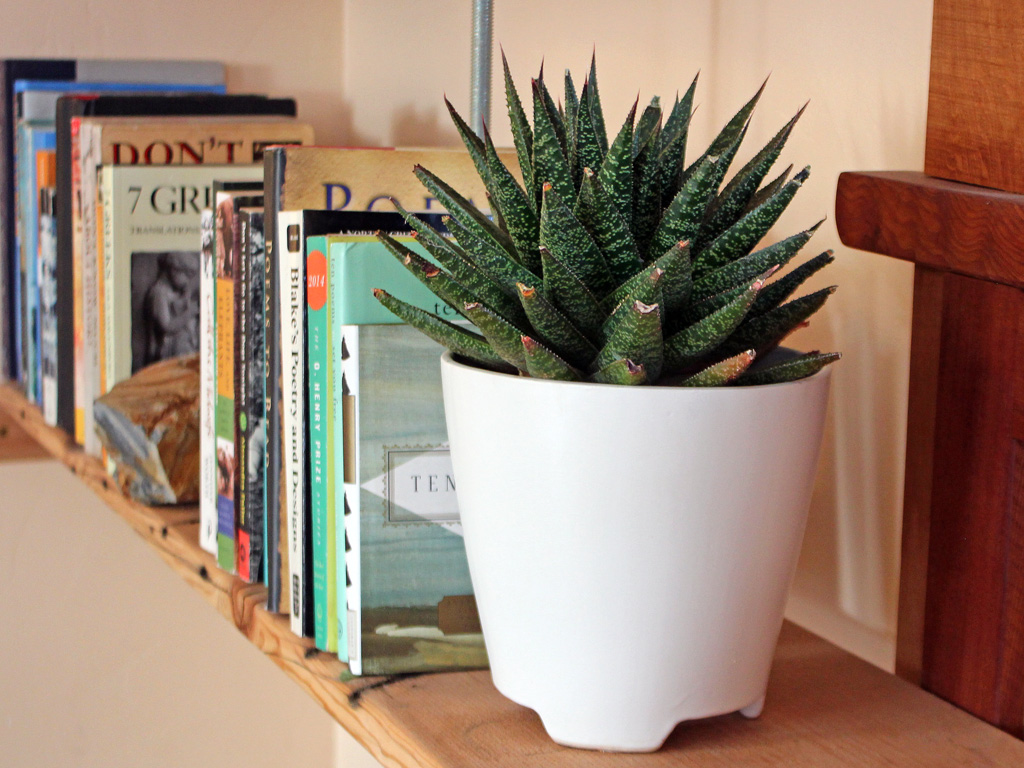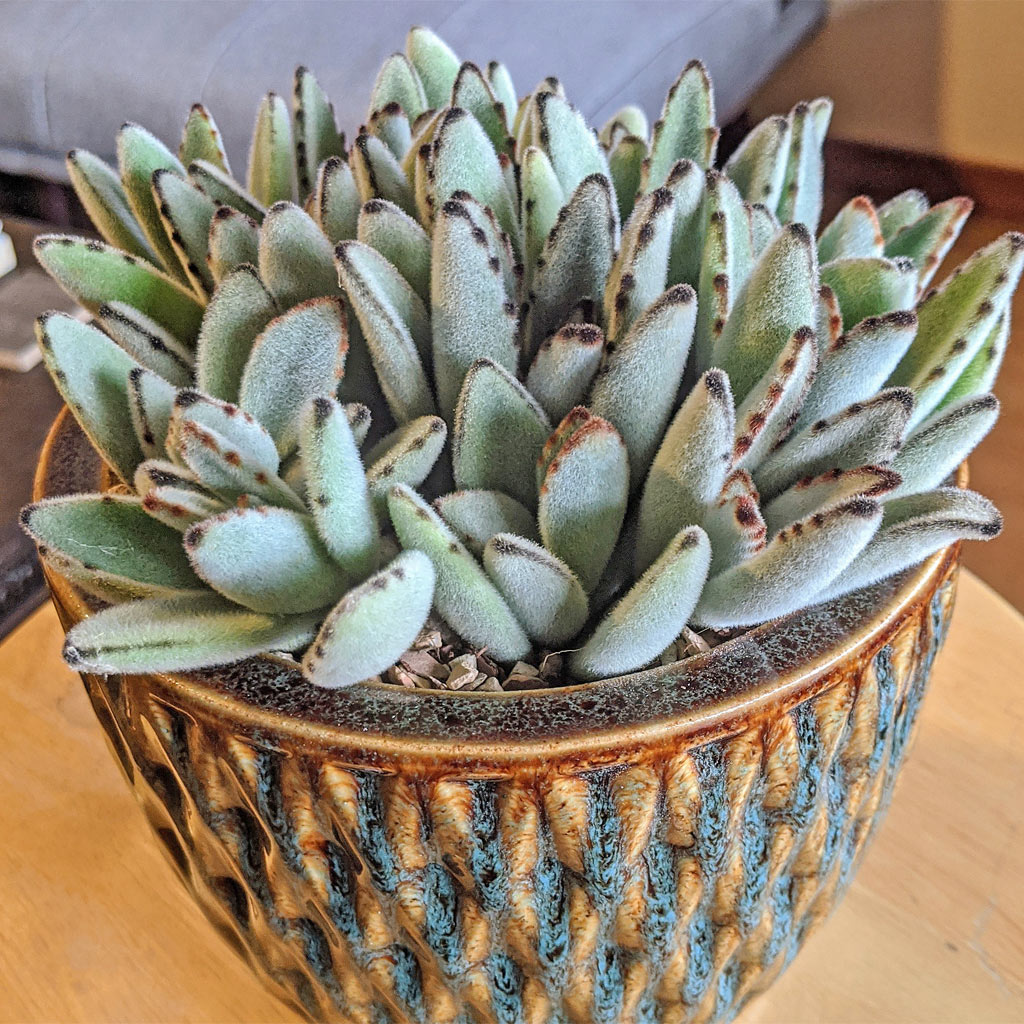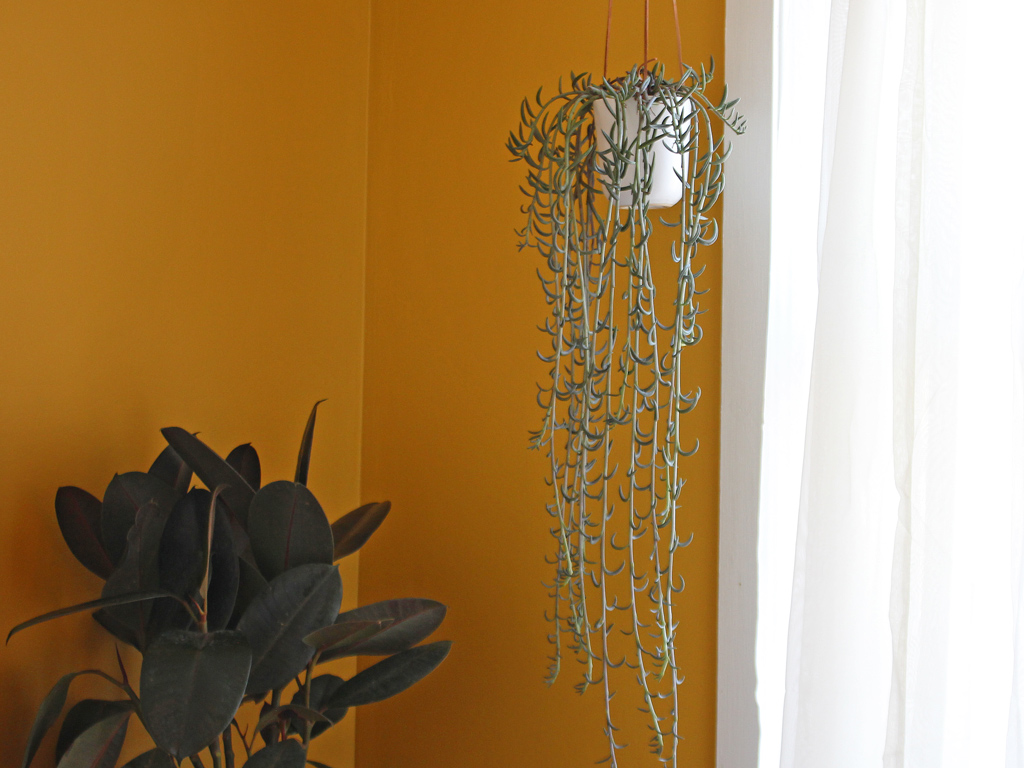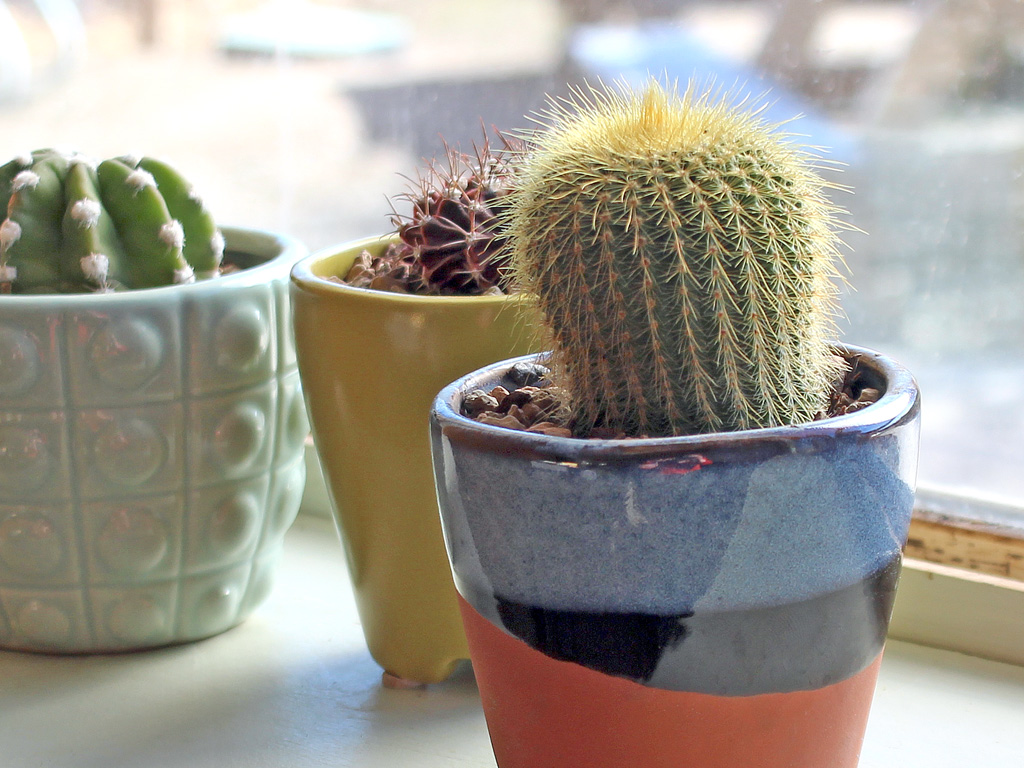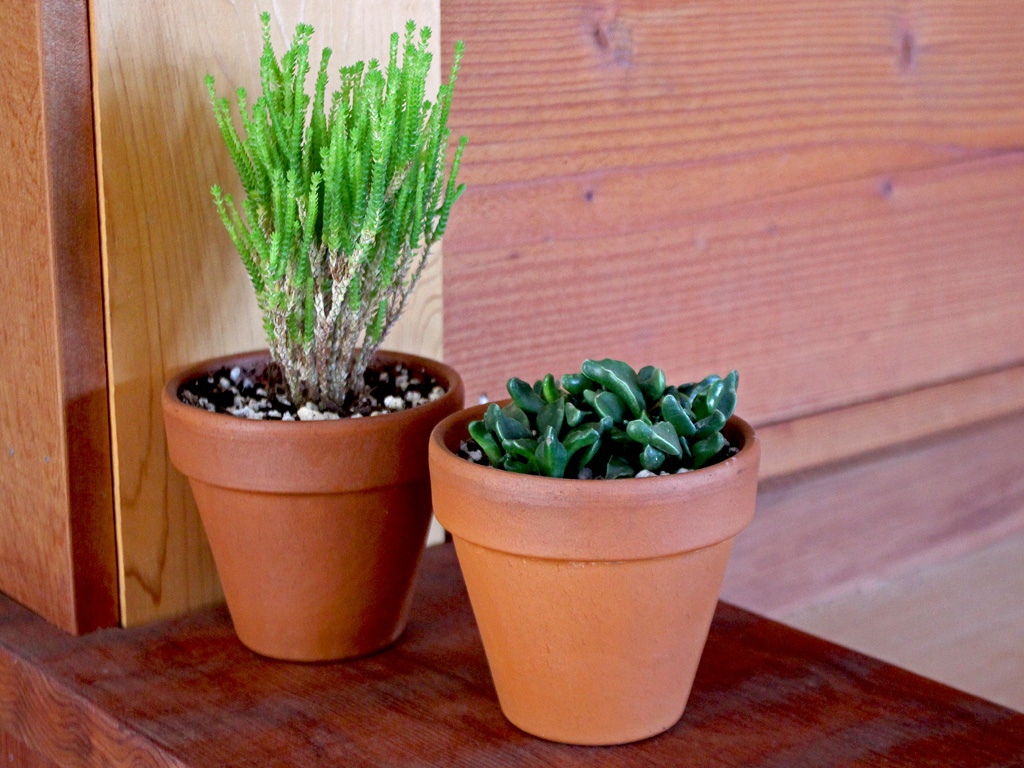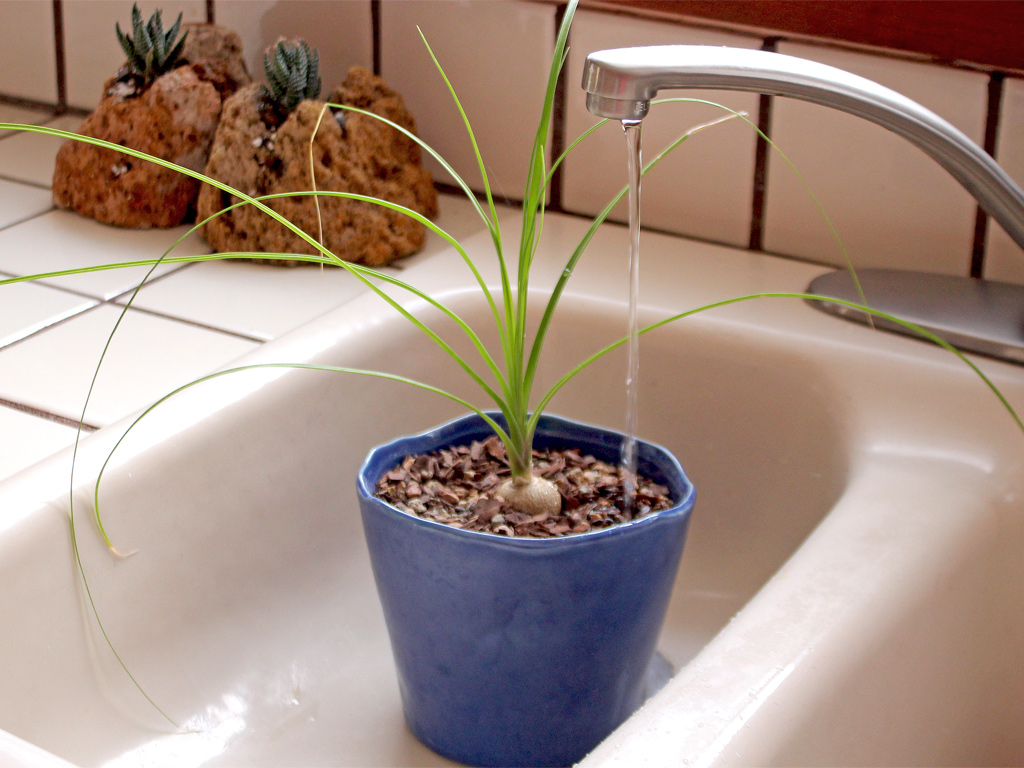Care Guides
Easiest Indoor Succulents (& How to Keep Alive)
Want to fill your life with plants but not sure where to start? Try kicking off your houseplant obsession with easy, indoor succulents. With forgiving, no-fuss beauties, even beginners and black thumbs can grow an indoor jungle.
The following list includes varieties you may not have heard of before. All make perfect choices for beginners or as gifts. These resilient cuties are hard to kill and can thrive in less than ideal conditions. Because low-maintenance charm is what succulents are all about!
We'll also break down the entirety of indoor succulent care into three simple guidelines that every new plant parent should know. Armed with a few (less than obvious) care tips, you'll soon be able to keep plants in any indoor space.
Best Varieties for Indoor Growing
Easy Low-Light Succulents
Gasteraloe 'Flow'
- Sturdy green leaves textured with light bumps
- Slow grower that tolerates extreme neglect
- Can survive in low-light environments
Also try: Any Gasteria or Gaster hybrids
Easy Fuzzy Succulents
Panda Plant (Kalanchoe tomentosa)
- Thick, velvety coating covers the entire plant
- Tolerates a range of light and water conditions
- Several cultivars to choose from, including 'Cinnamon' and 'Chocolate Soldier'
Also try: Kalanchoe beharensis 'Fang'
Easy Trailing Succulents
Blue Pickle Vine (Senecio radicans var. glauca)
- Slender, string-like stems grow quickly and can reach over 3.0' long
- Blue-green, sickle-shaped leaves are lined with fine pinstripes
- Tolerates low light and likes more frequent water than most succulents
Also try: Rhipsalis cereuscula or R. neves-armondii
Easy Prolific Succulents
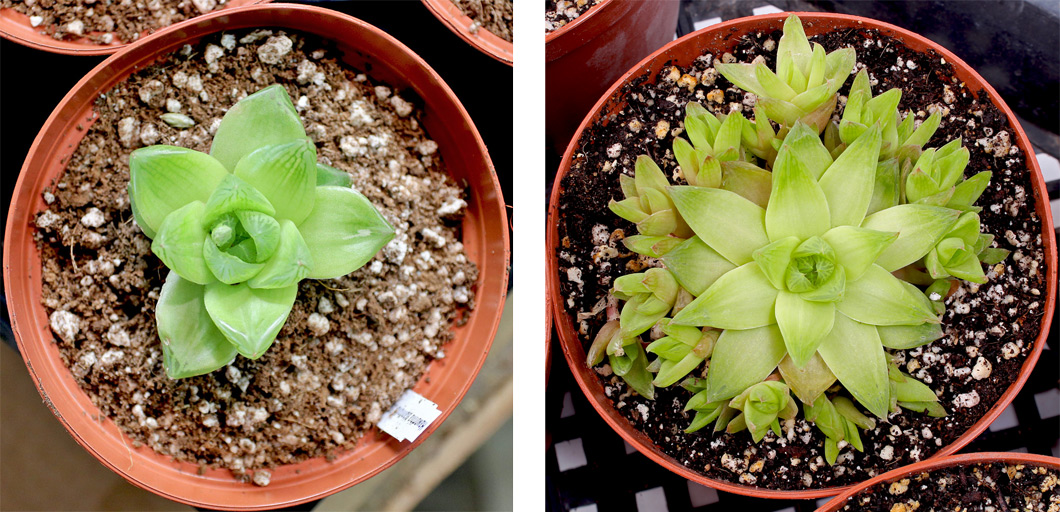
|
| H. cymbiformis before (left) and after one year under grow lights |
Haworthia cymbiformis
- Juicy, green leaves form a verdant rosette
- Produces new offsets around its base and develops into a tidy clump
- Translucent "leaf windows" allow plant to tolerate low light
Also try: Echeveria prolifica (ONLY if you have a very sunny windowsill)
Easy Window Sill Succulents
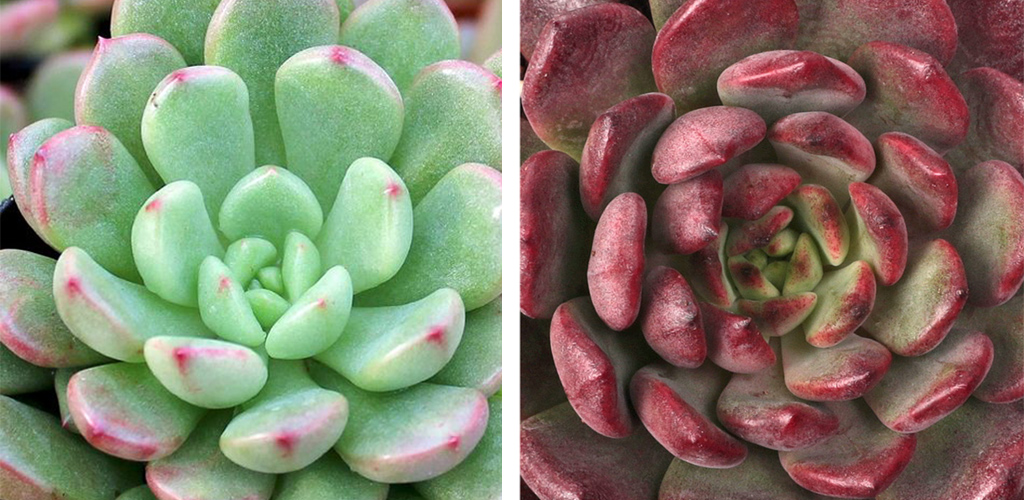
|
| G. 'Bashful' in diffuse light (left) and direct sun |
Graptoveria 'Bashful'
- Sun-loving rosette of long, upright leaves
- Ranges from mint green to deep scarlet depending on light exposure
- Grows wider but remains stemless, so it looks good even without regular pruning
Also try: Tiger Tooth Aloe (Aloe juvenna)
Easy Cactus
Golden Ball Cactus (Parodia leninghausii)
- Flexible, golden spines are gentle to the touch
- Can grow into a tall column with plenty of sunshine and occasional water
- Can bloom with shiny yellow flowers atop its stem
Also try: Peanut Cactus (Echinopsis chamaecereus)
Bonus: Easy Outdoor Succulents
Filled up all your indoor space? Some succulents are also easy to grow outside!
- Hens & Chicks (Sempervivum) such as S. tectorum, S. calcareum, and S. heuffelii are beautiful, forgiving growers
- Hardy Sedum like S. album and S. reflexum spread as colorful ground cover and look great year-round
SHOP EASY INDOOR SUCCULENTS
Top 3 Secrets for Growing Succulents Indoors
1. Pick the Right Variety
All the succulent types listed above are fantastic choices for new succulent growers, but there are plenty more.
Before picking a plant, you need to assess the space in which it will grow. Be realistic about how much light the plant will get. A south-facing window sill or grow light is necessary to grow cactus and colorful succulents indoors. Everywhere else, green varieties are a solid option. They'll stay healthy and look great for years to come.
Avoid keeping frost hardy succulents indoors for long periods of time. While they thrive outdoors, varieties like Sempervivum and Sedum will languish indoors from lack of light and airflow.
2. Give as Much Light as Possible
Resilient as they are, succulents are still plants and they need sunlight to survive. Fortunately, a succulent that's not getting enough light will quickly show signs that it needs to move. If you see lanky stretching or colors fading to green or white, move the plant closer to a sunny window. Too Little Light: Symptoms & Solutions
Some growers find it helps to bring their houseplants outside in the summer. Covered areas with protection from rain and direct sun allow succulents to gradually acclimate to the outdoors. In this way you can avoid succulent sunburns.
It can be difficult in winter to get enough light to indoor succulents. A grow lamp is an easy way to supplement natural light. Get all the background info here: Grow Lights for Succulents
3. Keep It Dry
You can make watering easy on yourself by using pots with drainage holes and a light, gritty soil. Be aware--heavy, waterlogged soil is one of the fastest ways to kill a succulent. It's a lot easier to revive a dry succulent, so always err on the side of under-watering.
How often should you water? Lots of growers want a simple answer, like once a week or every other week. But the frequency will vary greatly depending on the growing conditions. The real key is to let the soil completely dry out between waterings. Drench deeply enough for water to run out the drainage hole (that means no misting). Do not water again until the soil fully dries out.

